Concepts are getting fired up in the world of TPOP this week, and final projects are in the beginning stages of development. For this week, we read chapters on Neo-Expressionism and History Painting in Painting Today, along with 95 Theses of Painting by Molly Zuckerman-Hartung, 10 Rules for Creative Projects by Diebenkorn, and Chuck Close on Creativity. We also watched podcasts on Kerry James Marshall and Molly Zuckerman-Hartung. I had the privilege to attend Molly’s artist lecture last year in person, and rewatching it helped give me a refresher on her style and process of work.
A few of Molly’s Theses on Painting that resonated with my final project:
9. This movement toward the eternal has been critiqued as Romantic but is as realist and banal as keeping one’s hand in a warm dishwasher on a sunny afternoon. The decision to space out-to get lost in the moment- is always an available decision
55. In painting, one has a conversation with oneself that is in someways the same as the conversation with the world. The difference is similar to the distinction between speech and writing.
56. In speech, one cannot take something back.
57. In writing, one changes one’s mind privately and presents a reasoned argument publicly.
This article, coupled with an understanding of Zuckerman-Hartung’s process, contains useful information on how to balance internal meaning and external meaning within the question, project, and concept that I am attempting to explore. I feel that the concept I have arrived to for my final has threads that connect me directly with the material without becoming too personally involved, yet investigate a broad concept that resonates with a public audience as well. This balance is difficult to maneuver, and has been an obstacle for me to overcome throughout the body of all of my previous work. The Neo-Expressionism chapter of Painting Today was also relatable to this topic. Anselm Kiefer, a German Neo-Expressionist who was mentioned many times in the chapter, explained why he used the materials he chose and how the ways in which he painted effected the content of his work. These decisions were carefully made to give Kiefer both personal meaning and public resonation within his topics.
This week in the studio, we continued to work on the abstracted gridded paintings of portraits that was assigned last week. This assignment has been a slow, tedious process that demands a constant reminder to see things as they are, not what you perceive them to be. My painting is still unfinished, although I have put a huge amount of effort into it. I still question if I am doing it right. I hope to finish it by the middle of this week although I understand that it will be considered late. We also have begun preparing supports for our final projects, and after a bit of technical inspiration by an artist I talked with in Seattle on Thursday, I have completed the preparation necessary to start painting.
On Thursday, as mentioned above, the class took a field trip to Seattle to hone in on the ideas we want to explore for our final projects. There was a wide variety of processes, concepts, and ideas to pull inspiration form over the course of three museums and at least four galleries, and I found useful information on Romanticism, Indigenous perspective, the sublime, color use, underpainting, and form to add to my project.
I also gained a lot of insight into deeper thinking throughout the process of writing my exegetical response essay this week, and really thought out terms used in the passage my partner and I wrote about. It helped remind me that even the simplest terms could hold multiple meaning and interpretation, depending on the perspective that they are looked at.
5 Terms:
Superficial (From my response essay)- Existing or occurring on the surface, Appearing to be true or real only until examined more closely, Lack of depth, Shallow
Expressionism- To use form as content, A style of painting in which the artist seeks to express emotional experience instead of impressions of the external world.
Layers (From my response essay)- Layers of physical material (paint, supports, objects) Layers of meaning, (perspectives, ideas, concepts), A sheet, quantity or thickness of something.
Avant Garde- New, unusual or experimental ideas, especially seen in art or in the people that make art
Hunger Nach Bildern- German for the Famine of Paintings in the 1960s.
5 Skills-
Differentiating between personal perspective and external/general definition or meaning of a topic
Pulling inspiration and ideas from physical artworks and primary sources, field work
Annotated bibliography: Research from secondary sources
Preparation of multiple supports: Stretching canvas, Priming
Critical response of exegetical writing
Note on the Artist’s Lecture on Wednesday- Suzanna Bluhm: This whole idea of balance between internal and external perception has been a vague question of mine that I’ve been trying to put into words for a long time. Asking Bluhm how she was able to have so much personal experience and meaning in her paintings that on the surface seemed to look very broad, serious topics such as politics, polarization and geographic boundaries helped me find a way to put my question into words. Her response, which was something along the lines of ” I can only
speak of my own personal experience with these things, because it is impossible to know and live all these perspectives and narratives that surround these topics..” is also helping me form a way in which I comment on topics that are outside of myself without making assumptions or searching forever for the “right” way to discuss such broad and intangible ideas.
- Progress on Abstract Gridded Portrait
- Progress on Abstract Gridded Portrait
- Progress on Abstract Gridded Portrait
- Brainstorming for Final Project (some changes have already been made)
- Photographic Studies of Mule Deer Skull (Doe) Research for Final Project
- Photographic Studies of Coyote Skull Research for Final Project
- Preparation of Supports for Final Project Red and Purple Gesso of Stretched Canvas
- Inspiration for Final Project Icelandic Landscape Zinc Gallery, Seattle Washington
- Inspiration for Final Project Study of an African’s Head Paul-Jean Flandrin
- Inspiration for Final Project Music- Pink and Blue No. 1 Georgia O’Keefe
- Inspiration for Final Project Re-Invaders Sonny Assu
- Record of warm/cold object abstraction from imagination, from Monday painting workshop, oil on canvas pad

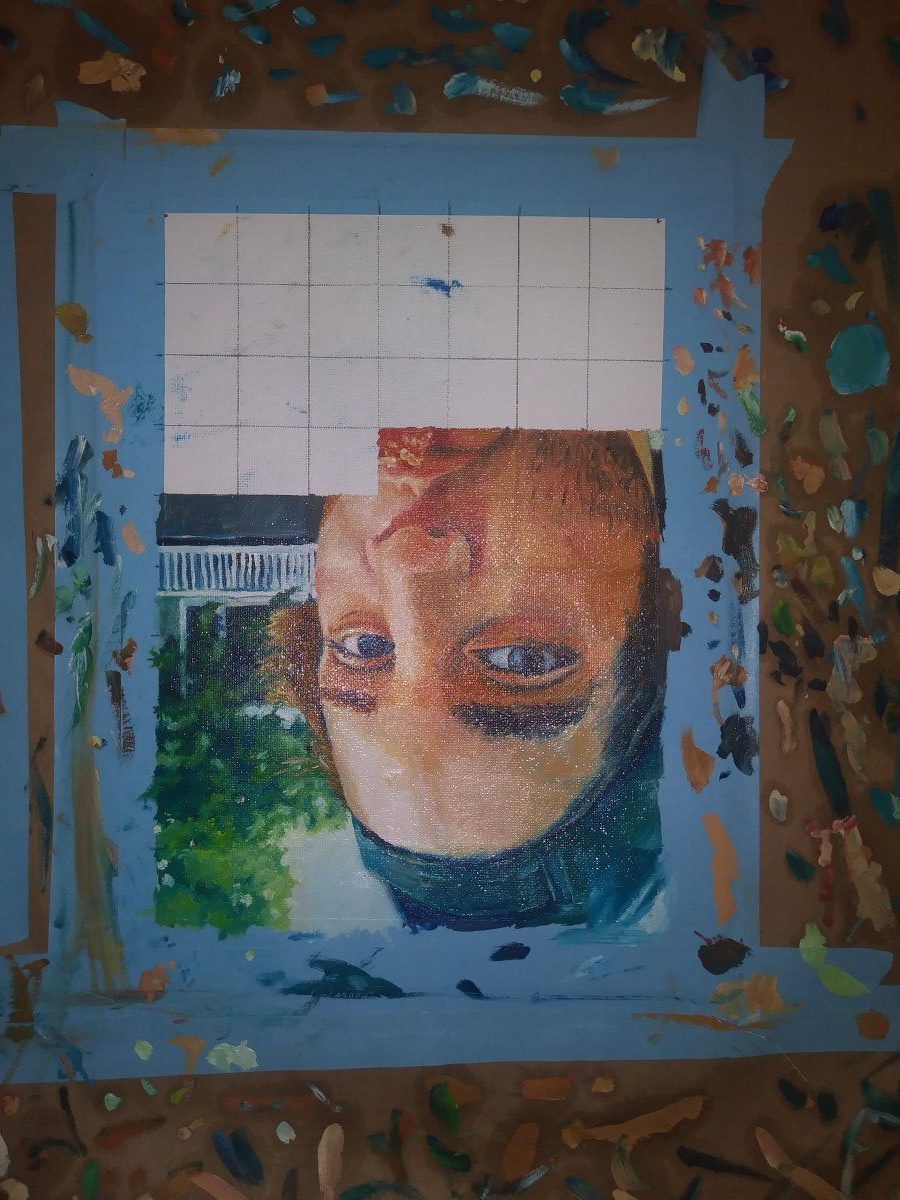

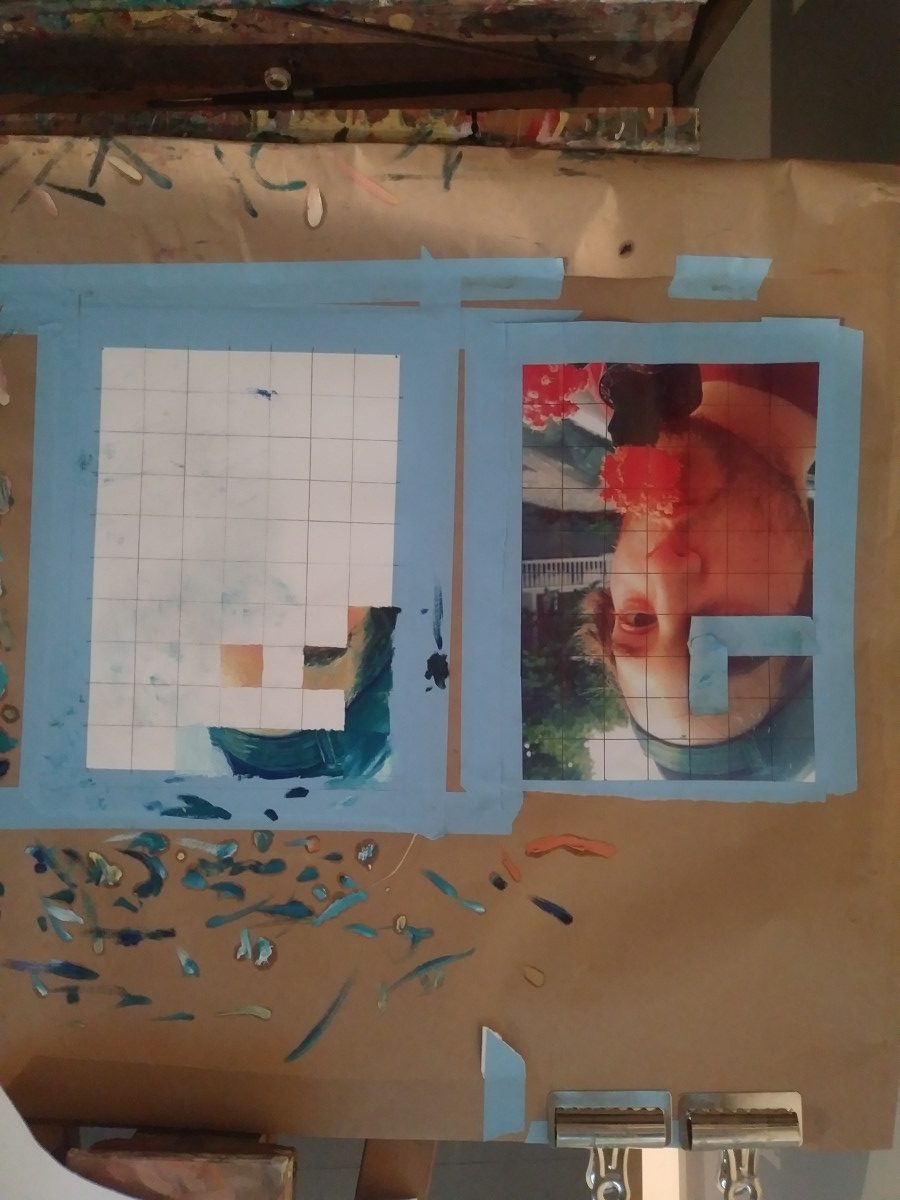
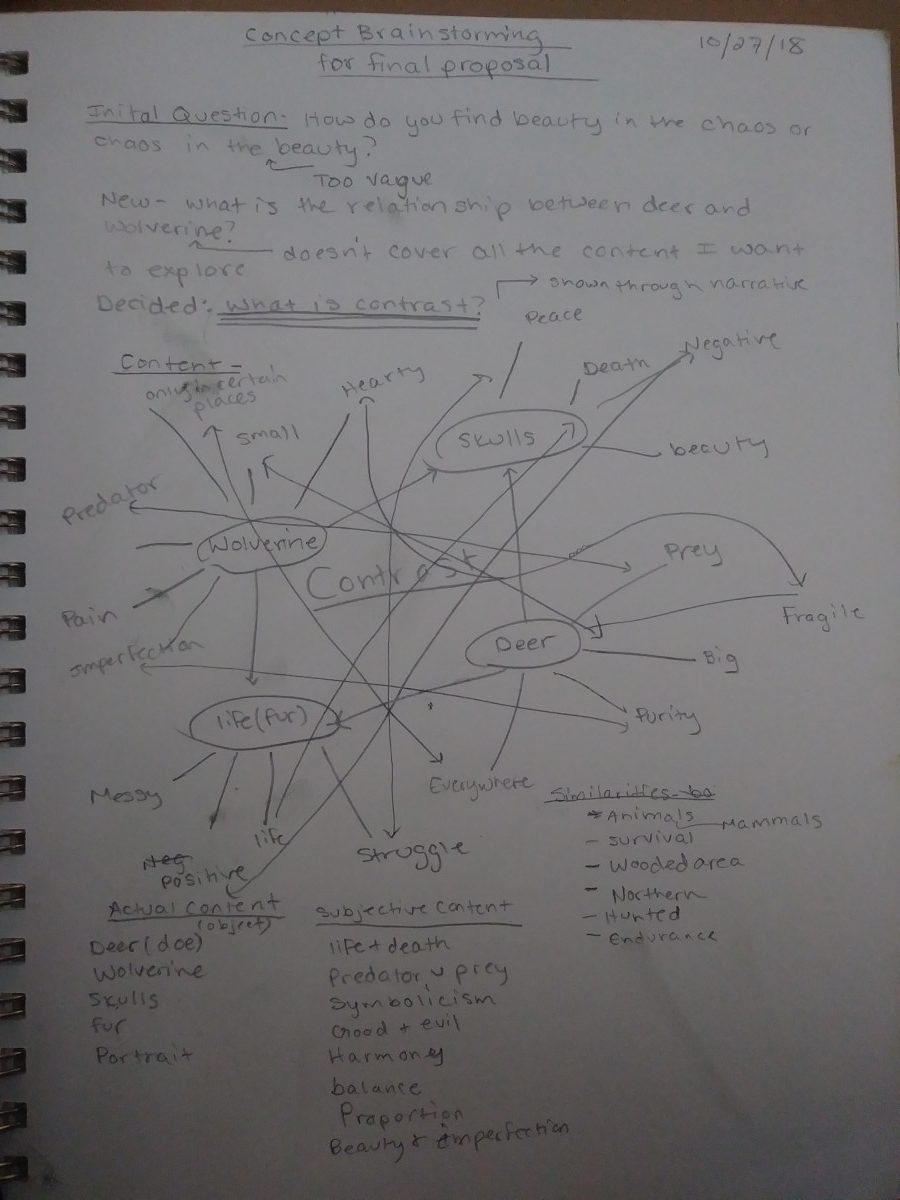
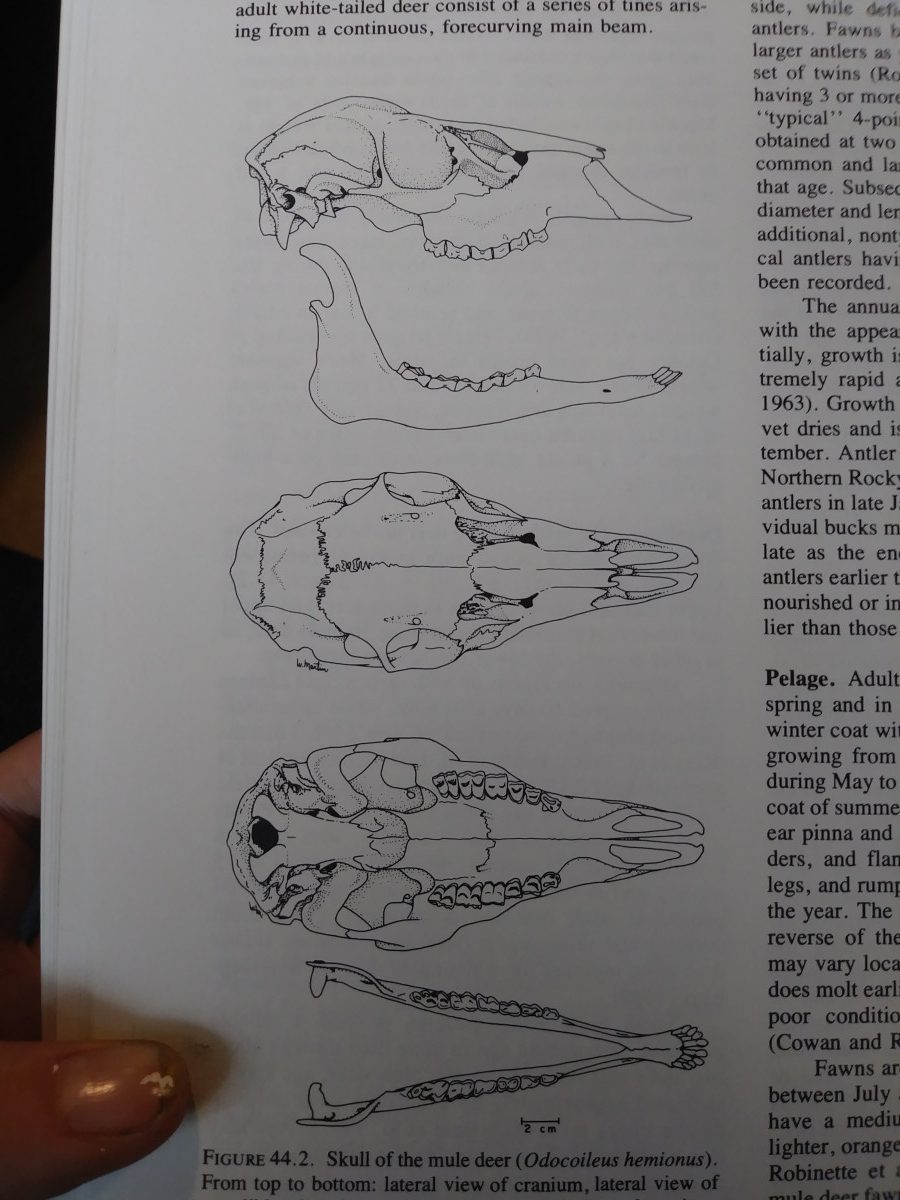
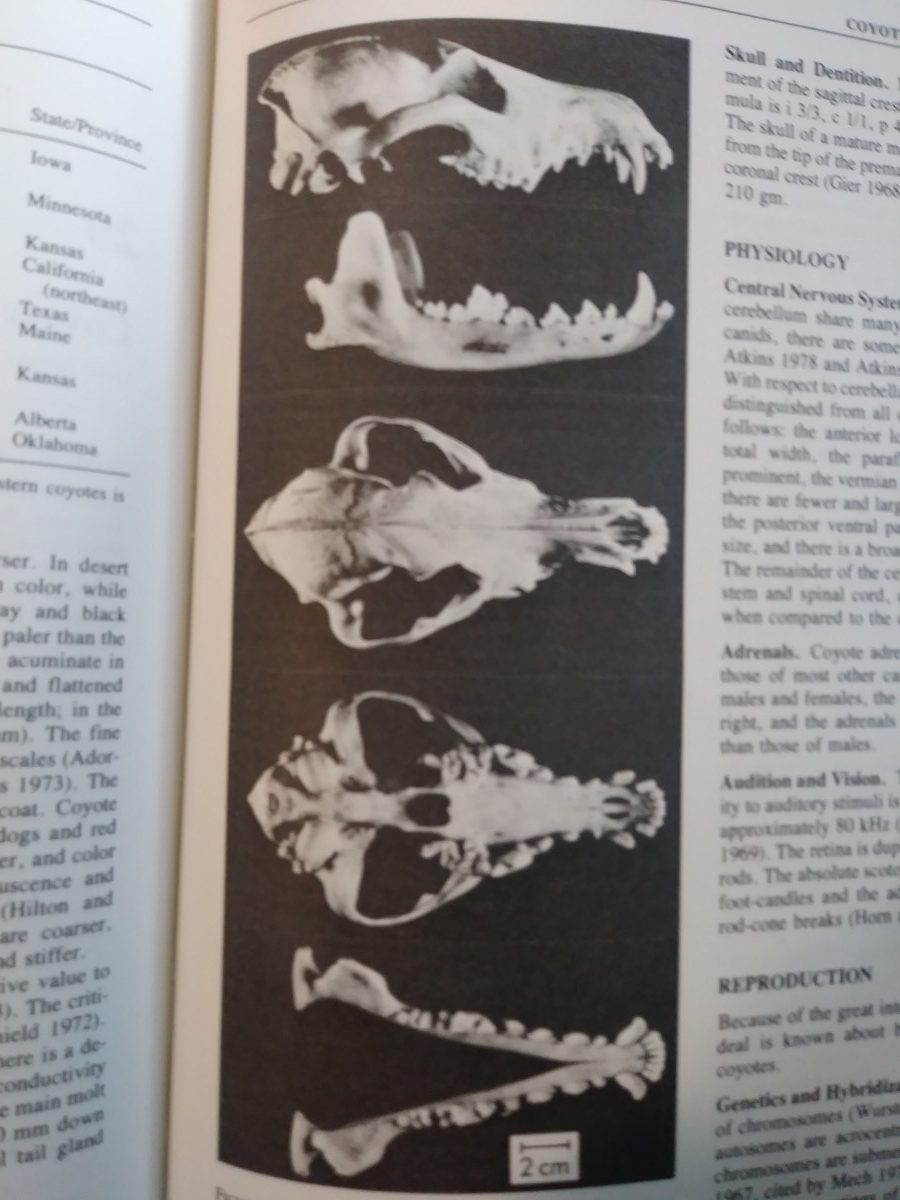
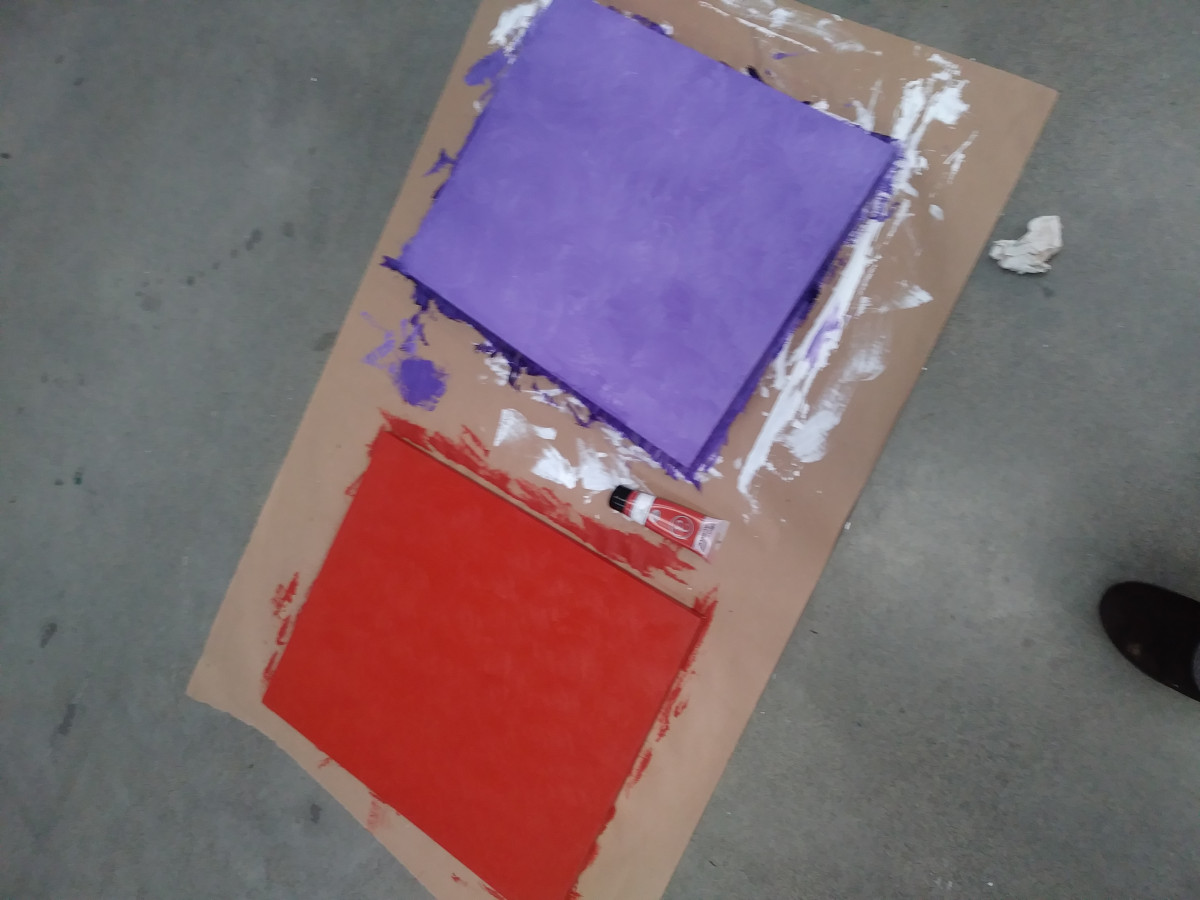
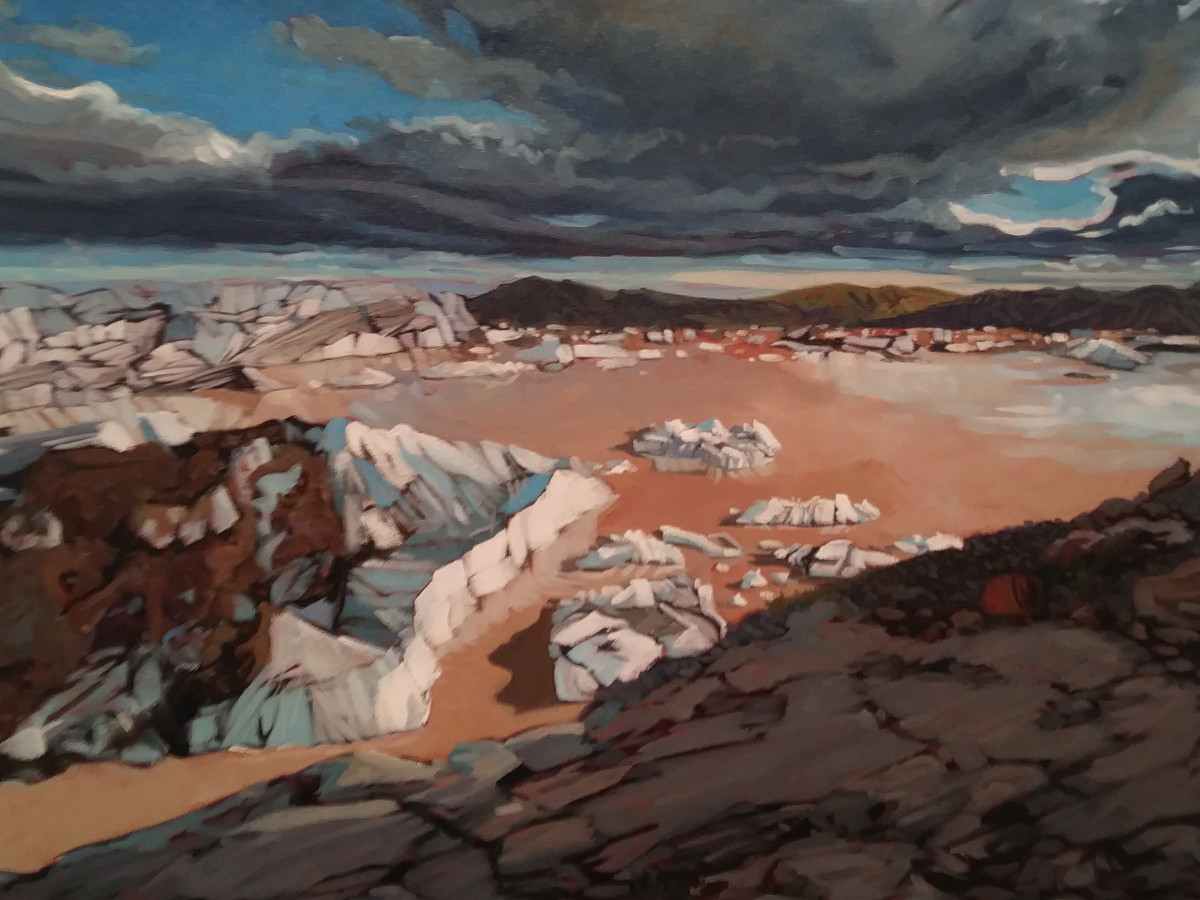
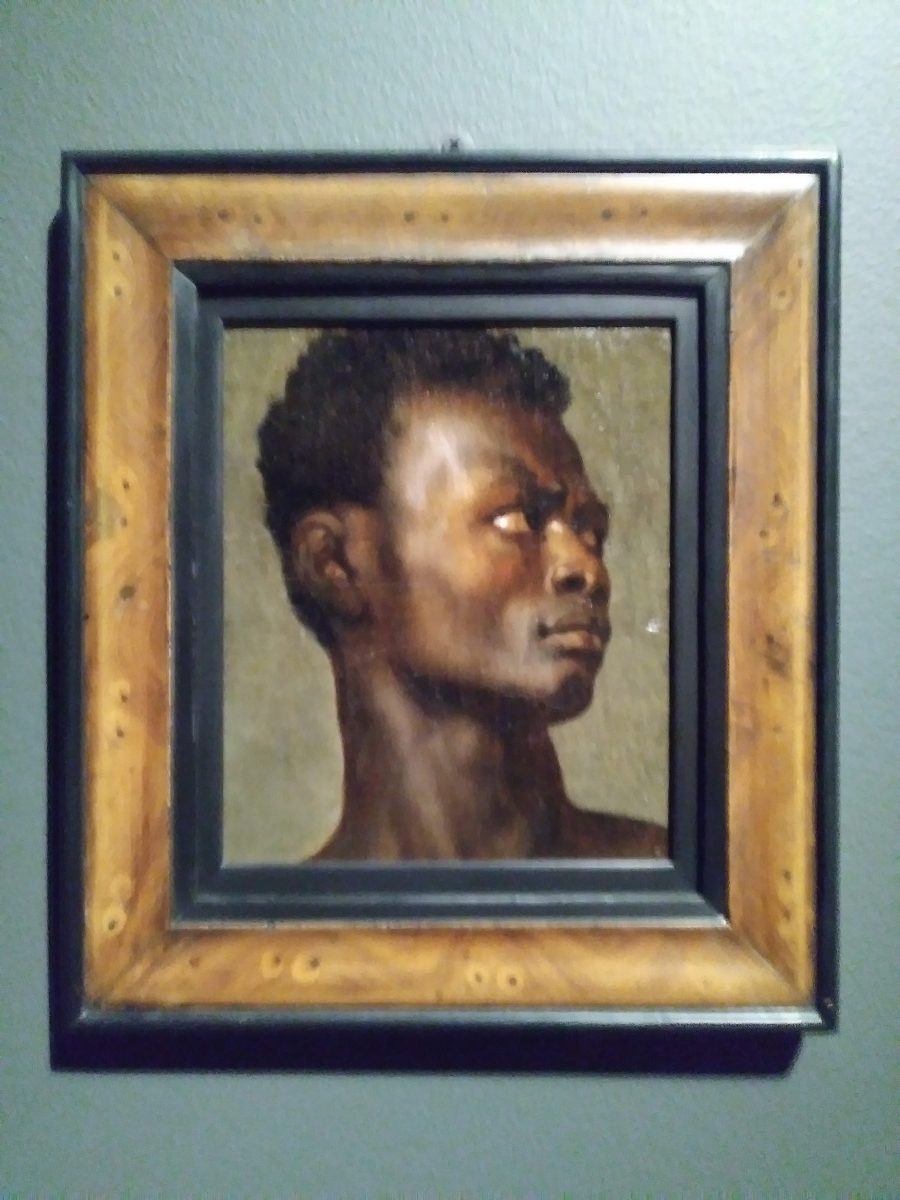
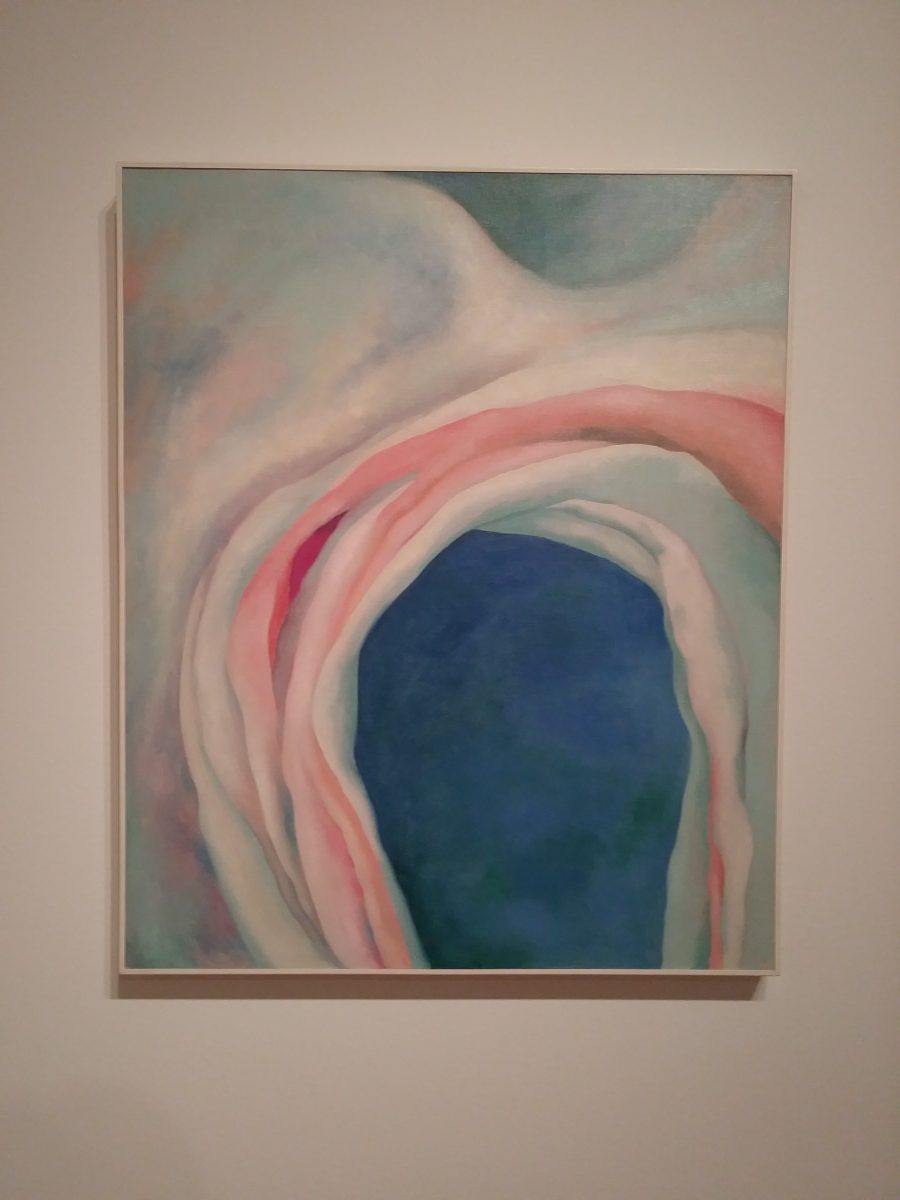

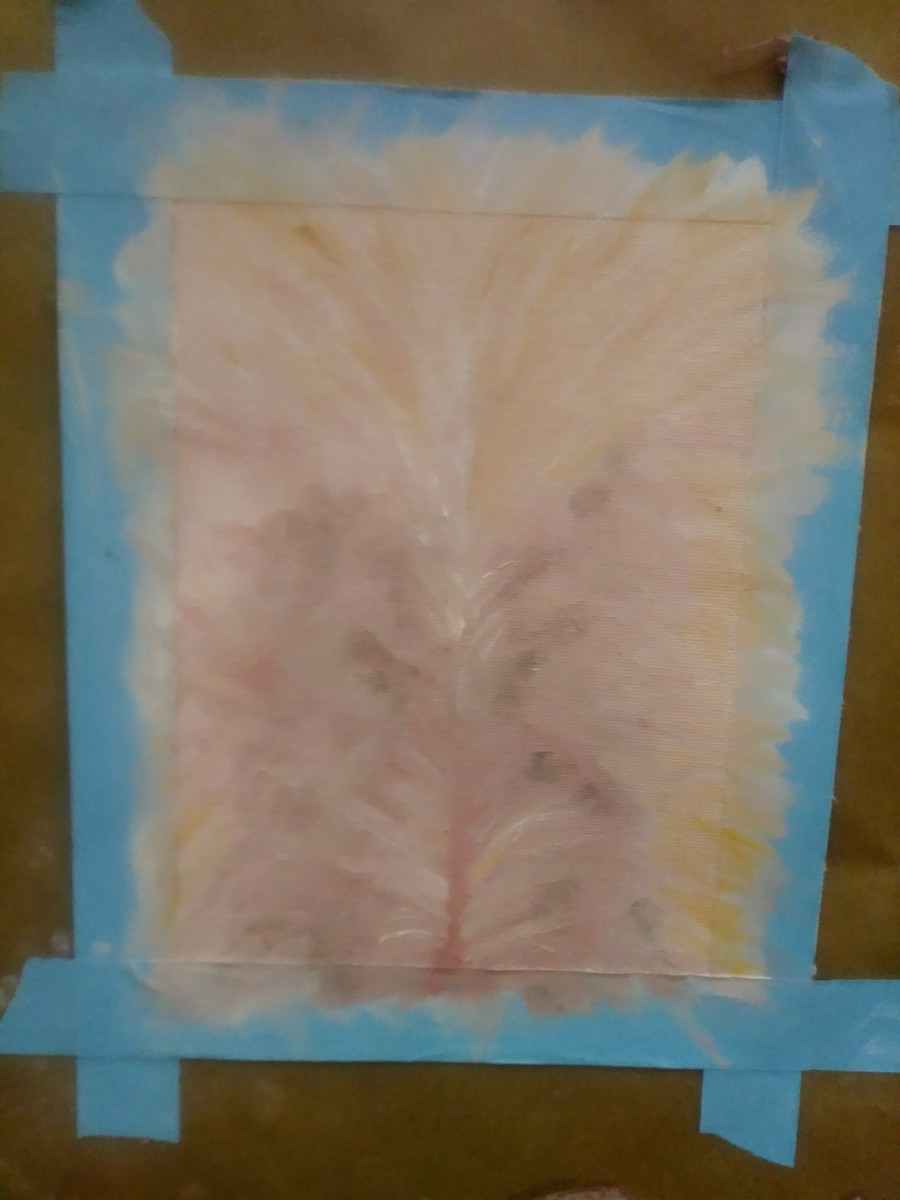
Leave a Reply